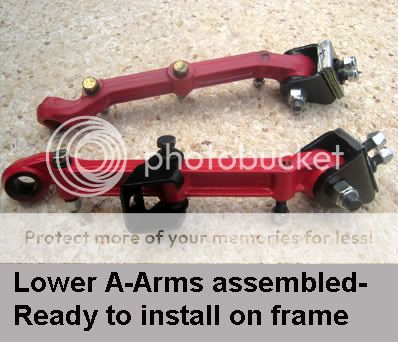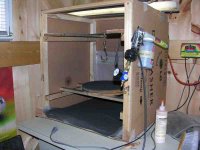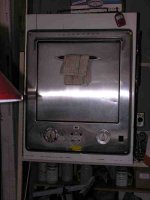JonnyRotten
Senior Member
Offline
I sand basted my parts.What else should I do before powder coating.I thought I read I should rinse with acetone?Is there any specific procedure I should do?Also will standard powder coat(up to 400F) work on calipers or do I need high temp?

 Hi Guest!
Hi Guest!

 smilie in place of the real @
smilie in place of the real @
 Pretty Please - add it to our Events forum(s) and add to the calendar! >>
Pretty Please - add it to our Events forum(s) and add to the calendar! >> 









